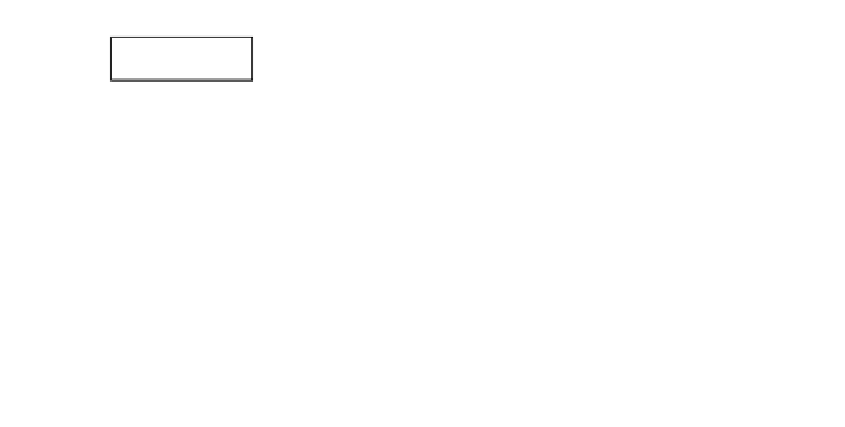Environmental Engineering Reference
In-Depth Information
Dimension 1: High Impact
Scenario 1
Scenario 4
Dimension 2:
Low Impact
Dimension 2:
High Impact
Scenario 2
Scenario 3
Dimension 1: Low Impact
Figure 2.16
The classic scenario matrix
why this is fragile), and then two other worlds or ways of seeing the world. Schwartz (1996)
advises that three scenarios are better than two to allow a greater range of thinking, but also
because two scenarios tend to represent two extremes of the same thinking: the worst case
scenario and 'utopia', which doesn't really offer any innovative insight into policy choice.
There is a potential problem with three scenarios - the third tends to become the average
between two extremes. Hence, the third scenario, and potentially a fourth, should follow a
different logic and perspective to be of most use. Any more than four scenarios and the strategic
issues tend to become muddied, and the exercise becomes unmanageable or less clear.
The classic view in scenario analysis is that the scenarios as developed are uncertain in
themselves and none are preferred. When a preferred future scenario is chosen this can illustrate
Figure 2.17
Intelligent infrastructure systems, 'Good intentions'
Source
: Narinder Sagoo, Foster + Partners. Department for Trade and Industry and Office of Science and Technology,
2006.







